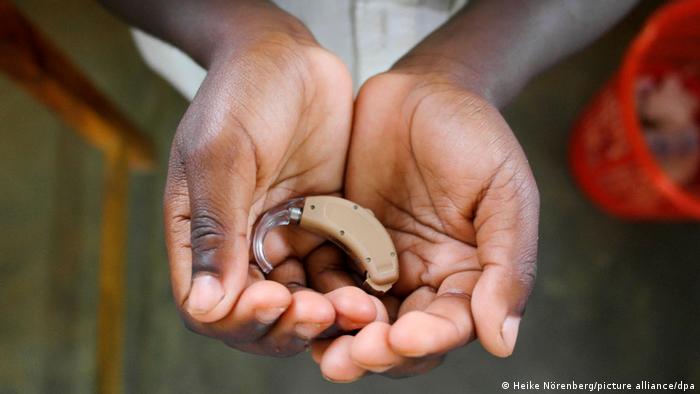CASES of scarlet fever are ‘unseasonably high’ at the moment, with experts having warned parents to be on the lookout for key signs.
The illness is a bacterial bug that causes a distinctive red rash and mainly affects children.
NHS Scottish Borders recently said it is monitoring high numbers of the bug in the community.
The UK Health Security Agency (UKHSA) also issued new guidance to parents on the bug as part of a guide on how to keep under 5s safe this winter.
Now one virus guru has warned that while we can easily treat scarlet fever, we still need to react to outbreaks with seriousness.
Professor Emily Johnston, lecturer in public health at Sheffield Hallam University, said the bug is seasonal, with cases mainly being seen in the spring.
Cases dropped during the Covid pandemic, but the expert said since measures were lifted there has been an uptick.
“This is something that is happening globally. It is called the ‘immunity debt’,”; she explained.
The immunity debt has meant that many children were not exposed to viruses due to lockdowns.
Now they are mixing again, they are contracting them at a higher rate than before.
Data from the most recent notifications of infectious diseases (NOIDS) report states that in the week ending November 13, there had been 605 cases of the illness, compared to 488 the week before.
Writing in The Conversation, the expert explained: “Scarlet fever is caused by streptococcus bacteria. Symptoms typically begin with a sore throat and fever, followed by a telltale red rash on the body and tongue, called ‘strawberry tongue’.
“The bacteria responsible for scarlet fever lives in the nose and throat, and those infected can spread the disease by coughing, talking or sneezing.
“The bacteria can also spread from touch contact with streptococcal skin infections, such as impetigo,”; the expert explained.
Kids are most likely to get the bug as they are exposed to it in educational settings, she said.
The illness is uncomfortable for a short time but with the use of paracetamol and rest, Prof Johnston said they usually recover with five days.
There have been many outbreaks in the UK, with the last major one being in Yorkshire and the East Midlands in 2014, she added.
While we can easily treat the bug, she cautioned that the misuse of antibiotics has led to several strains of bacteria becoming resistant to the pills.
“Previously treatable diseases, such as tuberculosis, are now becoming extremely difficult to treat.
“With responsible action, we can control outbreaks and reduce the likelihood of us one day experiencing a penicillin-resistant strain of the scarlet fever bacteria,”; she added.
If your child has a sore throat and then develops a rash with a similar texture to sandpaper, you should call your GP, the expert said.
She added: “If your child receives a diagnosis of scarlet fever, isolate at home with your child for at least 24 hours after starting antibiotics. And notify your child’s school or daycare centre of the diagnosis.
“During periods of outbreaks, ensure children are washing their hands often, don’t allow them to share cups with other children, and dispose of used tissues in a bin.”;




